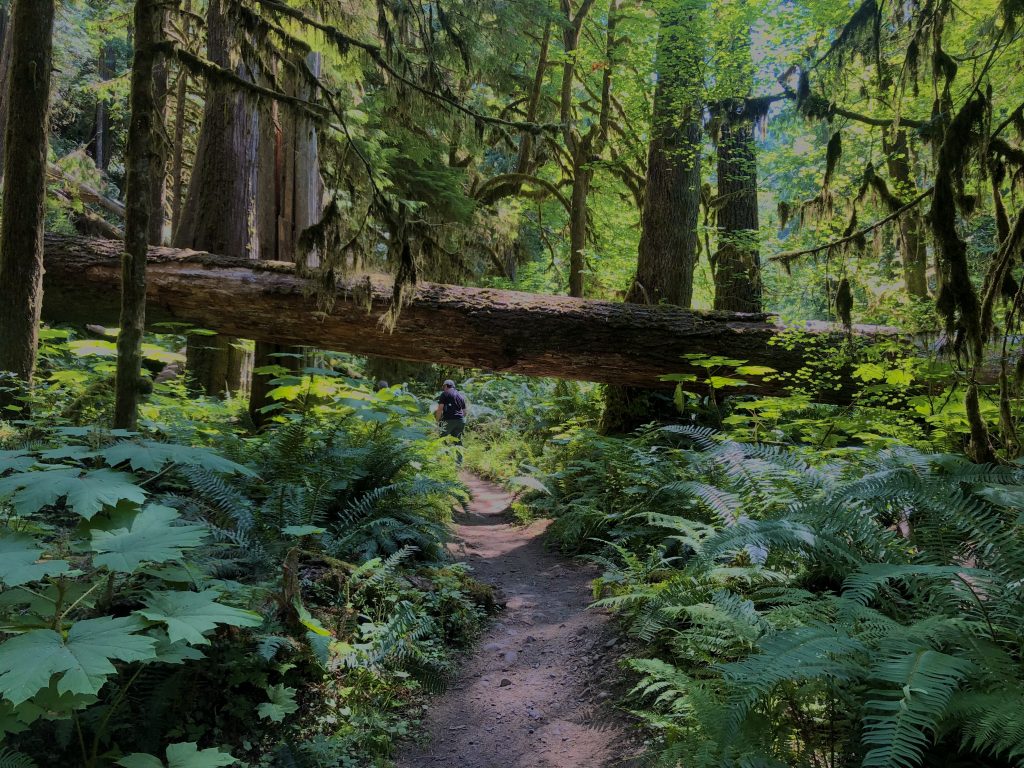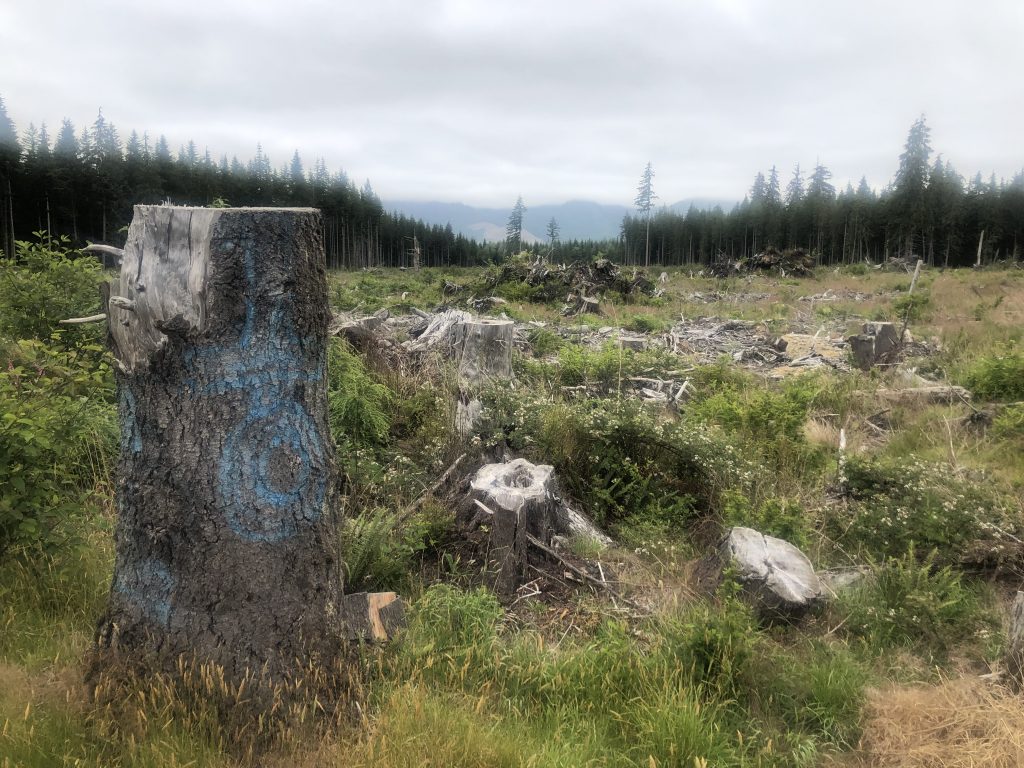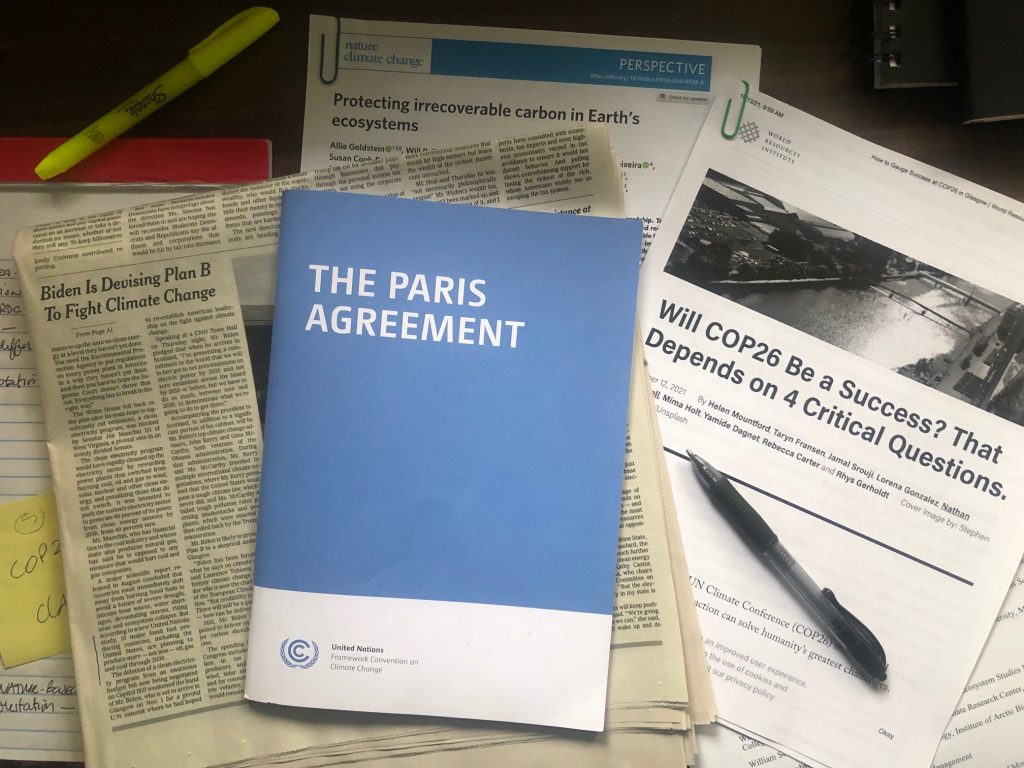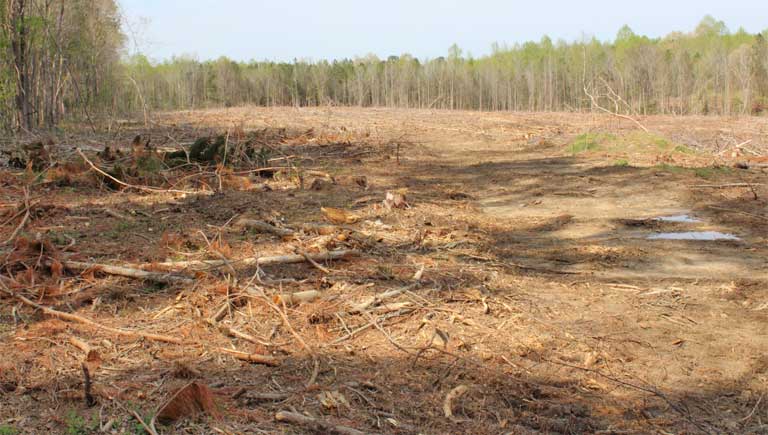
What follows below is a summary of this story of mine, which details a letter to President Biden from the top climate scientists in the country. They are calling for an immediate moratorium on logging in old-growth and mature forests in all national forests. The U.S. Forestry Service manages these lands, and more often than not, much of the 112 million acres is managed not for conservation but for harvesting forests — our surest font-line defense during this climate crisis — for lumber and wood products.
- More than 200 forest ecologists and top climate scientists, including Jim Hansen and Michael Mann, have written the Biden administration urging it to quickly move forward on the president’s commitment to protect old-growth and mature forests on federal lands.
- The scientists made an urgent plea for an immediate moratorium on logging federal forests with trees 100 years old or older, many of which remain vulnerable to logging and dozens of timber sales nationally. They also asked for the establishment of substantive federal management standards to protect those forests.
- Federally owned old-growth and mature forests play an outsized role in storing carbon, offering a vital hedge against escalating climate change.
- At stake are 112.8 million acres (45.6 million hectares) of old-growth and mature forest on federal lands, according to a 2023 U.S. Forest Service and Bureau of Land Management inventory — an area larger than California. Less than a quarter of those forests are currently protected against logging.








